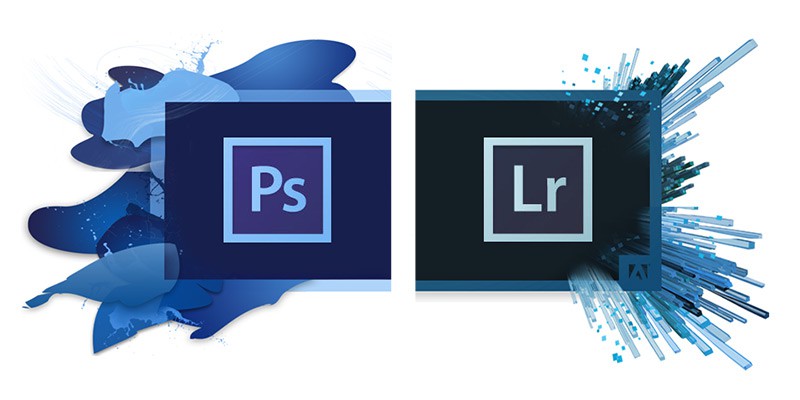When it comes to image editing, Photoshop is a superpower. But, as they say, with great power comes great responsibility. Non-destructive editing in Photoshop is a concept you’ll need a solid grip on, in order to work efficiently. However, working in this fashion isn’t very intuitive and it’s definitely not how people naturally use the program. In fact, I know very few …
Category: Post Production
Post-production is an intrinsic part of digital photography and questions like “What is the difference between Photoshop And Lightroom?”, “Which is best?” or Which one should I get?” are very common, especially among beginners. There are other programs that can be used for image editing but anyone even half serious about their photography will be looking at Photoshop or Lightroom… …
The Levels adjustment is a powerful yet often overlooked tool available in Photoshop that has the capability of improving your digital images in seconds. As some of you may know, I edit images every single business day (either for my printing business or my personal images) and the first thing I do after converting to Adobe RGB is create a …
Without going into detail about why chromatic aberration occurs in our digital images (maybe in a future post) the dreaded “purple fringe” is a widespread problem, so I decided to write up a quick n’ dirty tutorial on how to eliminate it in Photoshop. This phenomena doesn’t happen with every picture you take or with every camera + lens combination …
Image resolution and megapixels are some of the most misunderstood terms used in digital imaging, among both enthusiasts and professionals alike. And yes, I just said professionals. To get the ball rolling on this topic, I’m gonna just come right out and say something that might get the odd raised eyebrow, but nevertheless true: “DPI (resolution) is practically irrelevant until …



